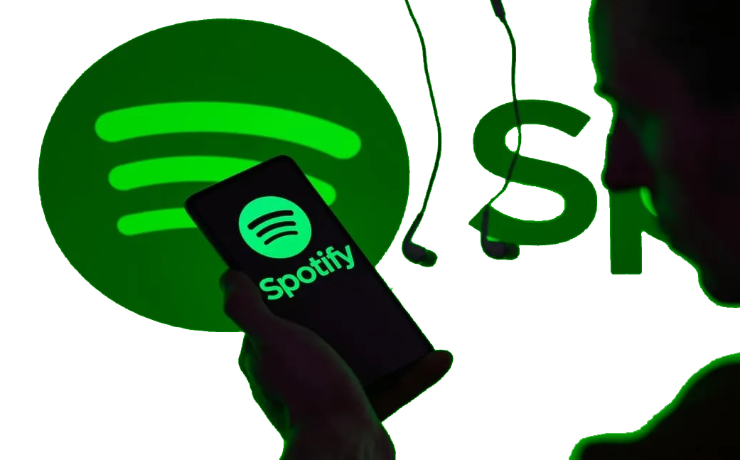Users total
1058
✅We help to grow your Spotify account!
✅Increase your Plays, Folllowers, Listeners!
✅Free Trials and easy ways to pay!
✅Fast delivery of chosen services!

Below you see the statistics of our website. All the data is actual.
1058
20
0

473
15
443
Spotify SMM Panel has become an essential tool for artists and creators looking to expand their reach and build a strong presence on one of the world’s leading music platforms - Spotify.
By increasing Spotify plays, playlist plays, playlist followers, and monthly listeners, this panel provide a boost that can significantly enhance an artist`s visibility.
In a competitive digital landscape where new music is constantly being released, it’s challenging for up-and-coming musicians to stand out.
Spotify SMM panel services use targeted strategies to help artists reach more listeners by tapping into the platform’s algorithm.
These services often focus on promoting tracks to specific demographics, curating playlists, and working with influential playlist curators who can bring more exposure to the music.
As an artist gains more followers and plays, his music is more likely to appear in Spotify’s algorithm-driven playlists like Discover Weekly and Release Radar, further increasing organic growth.
Additionally, a high number of monthly listeners can help create social proof, making new listeners more likely to engage with the artist`s content.


Want to become a reseller ? We have good news for you. There are some discounts which are offered to this category of users. Another advantage of our service is speed. You know that it is very important for the views to start fast. Our spotify services start instantly or in 3-8 minutes, so it is best for accounts who want to boost the play count right away. Extensive targeting will let you get reach from any country (mainly USA, Canada, UK, Australia, France, Germany and others). This is one of the unique traits of our Spotify SMM Panel.
SMM Panel is a website which provides lots of different services like Spotify plays, followers, monthly listeners and much more. If you are a starting artist and you plan to use social media as a tool of promotion you will need SMM services a lot. Our website provides it all on most of social networks. Thanks to the cheap prices on our social media panel, services are affordable for almost everyone. All you need is open an account and add funds via one of several payment options we have. Currently only crypto and credit card are accepted.

Our website provides services which are listed below.
| ID | Service | Price per 1000 | Min. order | Max. order | |
|---|---|---|---|---|---|
| Spotify Plays | |||||
| 28 | Spotify Plays - USA - Cheapest - 0.41$ per 1000 | 0.41 $ | 500 pcs. | 10000000 pcs. | |
| Spotify Followers | |||||
| 22 | Spotify Followers - Germany - 0.79$ per 1000 | 0.79 $ | 20 pcs. | 10000000 pcs. | |
| Spotify Listeners | |||||
| 11 | Spotify Monthly Listeners - HQ | 17.00 $ | 100 pcs. | 50000 pcs. | |
You have a chance to test our services completely free.